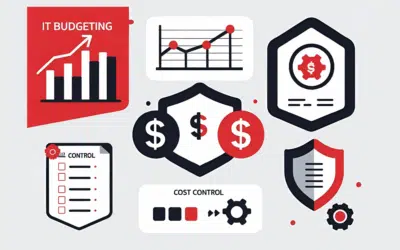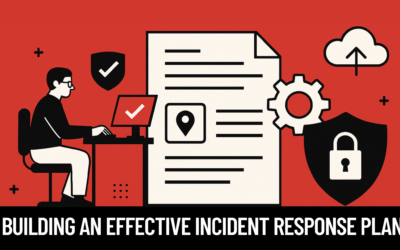
Consider these basic tips before you start to write:
- Focus on the reason you are writing
- Keep your email short
- Use the active voice, not the passive (“We will do this by the end of the week,” not, “This will be done by the end of the week.”)
- Know your audience – use formal wordings for superiors or those you don’t know, while informal messaging can be safely used for long-time colleagues
- Stick to the default fonts installed on most computers: Arial, Times New Roman or Georgia, which represent professionalism; comical fonts or bright font colours will only distract from your message
Your email should broadly fall into three sections: an introduction (why you’re writing);central section (what you want); a conclusion (call to action or next steps).
1. Introduction: Salutation
Take a moment to make sure that you spell the recipient’s name correctly – it is a simple but essential sign of respect.
Formal: If you are not writing to a specific person, write: “Dear Sir or Madam,” followed by a comma. The salutation “To whom it may concern” is used in official communications but is very formal and rather old fashioned.
If you’re writing to people whose names you know, write, “Dear Mr Smith/Ms Smith”, or “Dear John Smith/Mary Smith”. (formal/neutral)
Informal: Only address the person by their first name, “Dear Simon/Susan,” or more commonly, “Hi Simon/Susan,” if you know them well and are already on first-name terms.
2. Central section: Reason
It’s polite to start your email with “I am writing to …” or “I would like to …,” and continue with verbs like “inform”, “enquire”, “apologise”, “confirm”, “point out”, “ask”. For example:
“I am writing to inform you that …” (formal/neutral)
“I would like to apologise for the late arrival of the goods.” (neutral)
Another useful phrase is: “I was (just) wondering whether …” (neutral/informal)
Now you can get more specific:
Requests/enquiries
Making a request/enquiry
“I am writing to ask whether you could please send the goods as soon as possible.” (neutral)
“I am writing to enquire whether you received my application of 6 August 2012.” (formal/neutral)
“Could you possibly let me know whether or not you will be attending the conference?” (informal)
Replying to a request/enquiry
“Thank you for your email. In response to your query regarding …” (formal/neutral)
“I would be delighted to send you the material you have requested.” (neutral)
“Thank you for your email asking for information about our (product name).” (neutral)
Complaints
“I am writing to complain about the quality of the (product name) which I recently bought.” (neutral)
“I am writing to inform you / draw your attention to the fact that your bill has still not been paid.” (formal/neutral)
“I am afraid that the printer is not performing to our satisfaction.” (formal/neutral)
Apologies
“I am sorry to have to tell you that we will be unable to …” (neutral)
“We will naturally reimburse you for the cost of the unsatisfactory goods.” (formal/neutral)
“We are currently investigating the problem and will be in touch shortly.” (formal/neutral)
3. Conclusion
At the end of your email, summarise what you have already said, indicate what action you would like the other person to take, or offer further help.
“Once again, thank you for contacting me.” (formal)
“I hope very much that we can sort this small problem out quickly.” (neutral/ informal)
“Please do not / don’t hesitate to contact me if you need further details.” (informal)
And then sign off with a valediction.
Formal: If your salutation was “Dear Sir/Madam,” sign it with “Yours sincerely,” followed by a comma, and your full name or email signature beneath.
Informal: If you know their name, you can use “Best wishes,” “Best regards,” “Kind regards,” for example:
Best wishes,
Your name or email signature
Automating the addition of an email signature in Outlook can save you the hassle of retyping your details each time. Same as a professional letterhead, a concise email signature can help you make a good impression.
It should tell the recipient who you are, where you work and how to get in touch with you, for example:
John Doe
The XX Company
(123) 456 – 7890
john @ xxxx .com
Now that your email is crafted, a good rule of thumb is to wait five minutes and then re-read your writing before sending it out. A clear mind and one more review can end up saving you a lot of embarrassment from typos or clear up any ambiguity in your message.
Whether you like it or not, business emails are a projection of your professional image. Smart online communications simply makes good business sense – and paying attention to details is the key.








